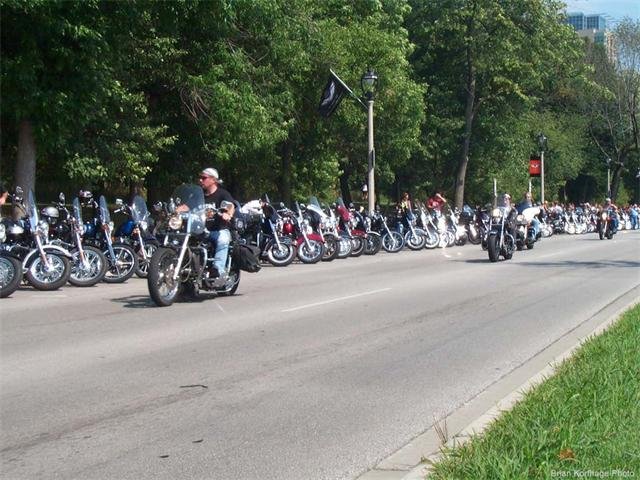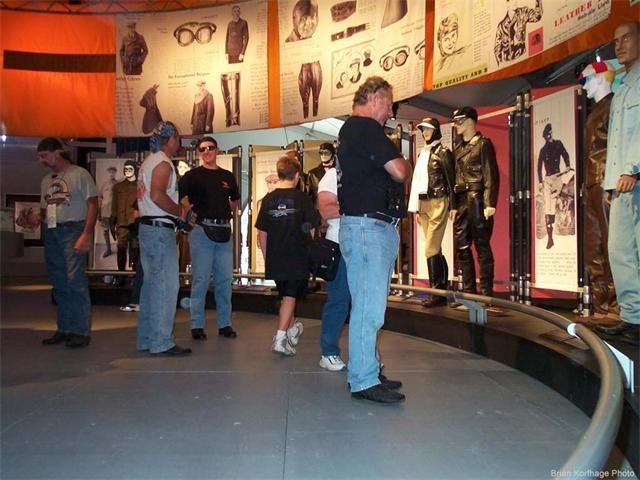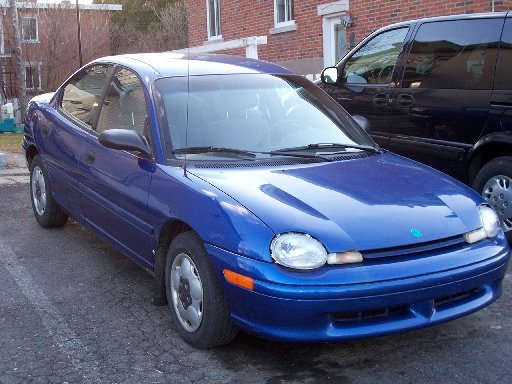Thread Starter
#241
31st August
August 31st 1899
A Stanley Steamer, driven by F.O. Stanley, became the first car to reach the summit of Mount Washington, New Hampshire. F.O. Stanley was one of the Stanley twins, founders of the Stanley Motor Company, which specialized in steam-driven automobiles. The steamers not only climbed mountains, but often beat larger, gasoline-powered cars in races. In 1906, a Stanley Steamer would break the world record for the fastest mile when it reached 127mph.
August 31st 1903
Packard automobile completed a 52-day journey from San Francisco to New York, became first car to cross U.S. under its own power.
August 31st 1951
James E. Lynch, the stunt driver, died in Texarkana, Arkansas, at age 50. He was founder of the "Jimmie Lynch Daredevils" stunt drivers show.
August 31st 1955
On this day in 1955, William G. Cobb of the General Motors Corp. (GM) demonstrates his 15-inch-long "Sunmobile," the world's first solar-powered automobile, at the General Motors Powerama auto show held in Chicago, Illinois.
Cobb's Sunmobile introduced, however briefly, the field of photovoltaics--the process by which the sun's rays are converted into electricity when exposed to certain surfaces--into the gasoline-drenched automotive industry. When sunlight hit 12 photoelectric cells made of selenium (a nonmetal substance with conducting properties) built into the Sunmobile, an electric current was produced that in turn powered a tiny motor. The motor turned the vehicle's driveshaft, which was connected to its rear axle by a pulley. Visitors to the month-long, $7 million Powerama marveled at some 250 free exhibits spread over 1 million square feet of space on the shores of Lake Michigan. In addition to Cobb's futuristic mini-automobile, Powerama visitors were treated to an impressive display of GM's diesel-fueled empire, from oil wells and cotton gins to submarines and other military equipment.
Today, more than a half-century after Cobb debuted the Sunmobile, a mass-produced solar car has yet to hit the market anywhere in the world. Solar-car competitions are held worldwide, however, in which design teams pit their sun-powered creations (also known as photovoltaic or PV cars) against each other in road races such as the 2008 North American Solar Challenge, a 2,400-mile drive from Dallas, Texas, to Calgary, Alberta, Canada.
In early 2009, The Nikkei, a Japanese business daily, reported that Toyota Motor Corp. was secretly developing a vehicle that would be powered totally by solar energy. Hurt by a growing global financial crisis and a surge in the Japanese yen relative to other currencies, Toyota had announced in late 2008 that it was expecting its first operating loss in 70 years. Despite hard economic times, Toyota (which in 1997 launched the Prius, the world's first mass-produced hybrid vehicle) has no plans to relinquish its reputation as an automotive industry leader in green technology. The company uses solar panels to produce some of its own electricity at its Tsutsumi plant in central Japan, and in mid-2008 announced that it would install solar panels on the roof of the next generation of its groundbreaking electric-gasoline hybrid Prius cars. The panels would supply part of the 2 to 5 kilowatts needed to power the car's air conditioning system.
According to The Nikkei, Toyota's planned solar car is not expected to hit the market for years. The electric vehicle will get some of its power from solar cells on the vehicle, and will be recharged with electricity generated from solar panels on the roofs of car owners' homes.
August 31st 2003
Harley-Davidson 100th Anniversary Party held in Milwaukee's Veterans Park.
Harley Davidson's 100th Anniversary Celebrations.


Source:
The History Channel
Wikipedia
2003 Harley-Davidson 100 Year Anniversary Photo Gallery - Motorcycle USA
August 31st 1899
A Stanley Steamer, driven by F.O. Stanley, became the first car to reach the summit of Mount Washington, New Hampshire. F.O. Stanley was one of the Stanley twins, founders of the Stanley Motor Company, which specialized in steam-driven automobiles. The steamers not only climbed mountains, but often beat larger, gasoline-powered cars in races. In 1906, a Stanley Steamer would break the world record for the fastest mile when it reached 127mph.
August 31st 1903
Packard automobile completed a 52-day journey from San Francisco to New York, became first car to cross U.S. under its own power.
August 31st 1951
James E. Lynch, the stunt driver, died in Texarkana, Arkansas, at age 50. He was founder of the "Jimmie Lynch Daredevils" stunt drivers show.
August 31st 1955
On this day in 1955, William G. Cobb of the General Motors Corp. (GM) demonstrates his 15-inch-long "Sunmobile," the world's first solar-powered automobile, at the General Motors Powerama auto show held in Chicago, Illinois.
Cobb's Sunmobile introduced, however briefly, the field of photovoltaics--the process by which the sun's rays are converted into electricity when exposed to certain surfaces--into the gasoline-drenched automotive industry. When sunlight hit 12 photoelectric cells made of selenium (a nonmetal substance with conducting properties) built into the Sunmobile, an electric current was produced that in turn powered a tiny motor. The motor turned the vehicle's driveshaft, which was connected to its rear axle by a pulley. Visitors to the month-long, $7 million Powerama marveled at some 250 free exhibits spread over 1 million square feet of space on the shores of Lake Michigan. In addition to Cobb's futuristic mini-automobile, Powerama visitors were treated to an impressive display of GM's diesel-fueled empire, from oil wells and cotton gins to submarines and other military equipment.
Today, more than a half-century after Cobb debuted the Sunmobile, a mass-produced solar car has yet to hit the market anywhere in the world. Solar-car competitions are held worldwide, however, in which design teams pit their sun-powered creations (also known as photovoltaic or PV cars) against each other in road races such as the 2008 North American Solar Challenge, a 2,400-mile drive from Dallas, Texas, to Calgary, Alberta, Canada.
In early 2009, The Nikkei, a Japanese business daily, reported that Toyota Motor Corp. was secretly developing a vehicle that would be powered totally by solar energy. Hurt by a growing global financial crisis and a surge in the Japanese yen relative to other currencies, Toyota had announced in late 2008 that it was expecting its first operating loss in 70 years. Despite hard economic times, Toyota (which in 1997 launched the Prius, the world's first mass-produced hybrid vehicle) has no plans to relinquish its reputation as an automotive industry leader in green technology. The company uses solar panels to produce some of its own electricity at its Tsutsumi plant in central Japan, and in mid-2008 announced that it would install solar panels on the roof of the next generation of its groundbreaking electric-gasoline hybrid Prius cars. The panels would supply part of the 2 to 5 kilowatts needed to power the car's air conditioning system.
According to The Nikkei, Toyota's planned solar car is not expected to hit the market for years. The electric vehicle will get some of its power from solar cells on the vehicle, and will be recharged with electricity generated from solar panels on the roofs of car owners' homes.
August 31st 2003
Harley-Davidson 100th Anniversary Party held in Milwaukee's Veterans Park.
Harley Davidson's 100th Anniversary Celebrations.


Source:
The History Channel
Wikipedia
2003 Harley-Davidson 100 Year Anniversary Photo Gallery - Motorcycle USA
























